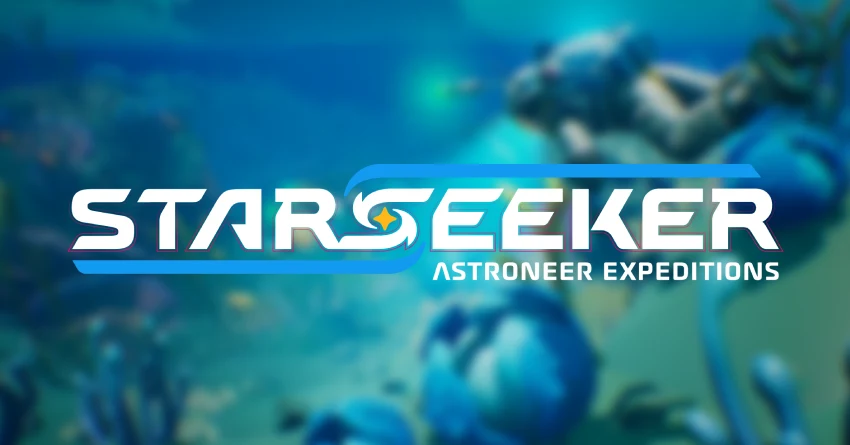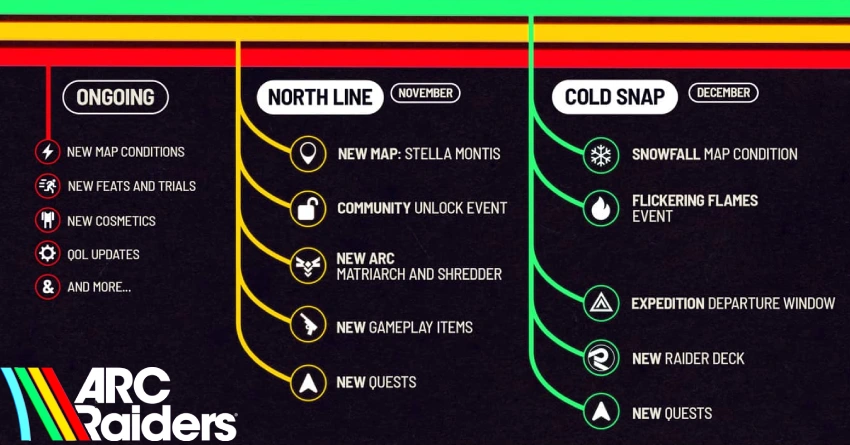I beat the base Astroneer game over two years ago, and honestly, I've kept coming back to it now and then just for the vibes. But let's be real—updates and DLCs for Astroneer have been few and far between. So when I heard about the upcoming STARSEEKER: Astroneer Expeditions, I got instantly hyped. Finally, a big leap forward in one of the most unique space exploration games out there. It's not just a patch or cosmetic pack—it's a full-fledged standalone experience set in the Astroneer universe, and it looks like a total reimagining of how we explore, survive, and cooperate among the stars.
What is Starseeker?
STARSEEKER: Astroneer Expeditions is a brand-new game from System Era Softworks, the same devs behind the original Astroneer. But instead of being a direct sequel, Starseeker is a standalone title that shares the same universe but changes the gameplay formula significantly. It's scheduled for release in 2026 and will be available on PC, PlayStation 5, Xbox Series X|S, and the new Nintendo Switch 2.
This isn't just "Astroneer 2." It's a fresh take with a focus on co-op missions, a shared multiplayer hub, and structured expeditions rather than the sandbox survival and base-building gameplay we're used to. Think of it as a next-gen Astroneer spin-off, tailor-made for multiplayer teamwork, social interaction, and high-stakes planetary exploration.
A New Kind of Space Adventure
At the heart of Starseeker is the ESS Starseeker, a massive orbiting space station that acts as the central player hub. Here, you'll team up with friends (or solo if you prefer) and plan expeditions to exotic, procedurally generated worlds. These missions come with their challenges and objectives—gather resources, analyze alien flora, survive planetary hazards, and uncover mysteries scattered across the galaxy.
The space station isn't just a menu screen either—it's a living, upgradable environment where players can meet, customize gear, interact, and prep for missions. If Astroneer was your cozy off-grid homestead, Starseeker is your bustling starport full of adventurers and researchers gearing up for their next dive into the unknown.
Multiplayer-Focused, But Solo-Friendly
While Starseeker is designed with co-op play in mind—think 2-4 players per expedition—System Era has confirmed that solo players will still be able to enjoy the whole experience. That's a huge relief. I love playing these types of games alone sometimes, soaking in the atmosphere at my own pace. It's good to know the game won't lock content behind multiplayer.
However, where Starseeker shines is in its approach to social exploration. The design encourages cooperation not just during missions, but also in how players contribute to the space station's growth and scientific advancement. Whether you're scavenging alien ruins, collecting mineral samples, or testing new gadgets, your work feeds into the broader ecosystem of exploration. This is no longer just "your" journey—it's a collective mission.
How It Differs from Astroneer
This is where things get interesting. Starseeker is not trying to replace Astroneer. System Era has emphasized that the original game will continue to receive support, patches, and updates long into the future.
But the differences between the two games are significant:
- No Terrain Deformation or Base Building: One of the core features of Astroneer—terraforming terrain and building elaborate base systems—is mostly absent in Starseeker. This is a mission-based experience with set maps and challenges, rather than an open-ended sandbox.
- Mission Structure Over Freeform Survival: Instead of crafting a survival story through trial and error, Starseeker is built around clearly defined goals. Each expedition has an objective, whether it's to locate a rare energy source or rescue stranded explorers.
- Larger Multiplayer Servers: The new hub is built to support more players at once, and many fans have speculated that Starseeker will lean into MMO-lite territory. While expeditions are capped at a few players, the shared station environment could host dozens or more, making it feel like a living world.
- Gear and Role Customization: While Astroneer had some fun suits and mods, Starseeker takes it further with specialized equipment, loadouts, and perhaps even role-based gameplay. Are you a scout? A scientist? An engineer? What you bring into a mission might affect how your team succeeds.
What We Know
So far, we've only seen glimpses of gameplay in the official reveal trailer, and no deep gameplay breakdowns have been released. However, based on developer statements and leaks, we can infer a few things:
- The ESS Starseeker hub will evolve, perhaps with unlockable modules, visual upgrades, and player achievements on display.
- Expedition maps may rotate regularly, encouraging replayability and seasonal events.
- There may be PvE or environmental storytelling elements, like alien ruins, mysterious anomalies, and narrative-driven missions.
- A beta is planned, and fans can sign up via the official Astroneer Discord channel for early access opportunities.
There's something special about a game that manages to blend science fiction, peaceful exploration, and creativity into one package—and Astroneer did that beautifully. But after a while, the world can feel... lonely. That's why the idea of shared expeditions and a bustling space station gets me so excited.
It's not just about new content—it's about giving players a reason to come back together. Starseeker has the potential to be a social sandbox, where friendships form over crashed landers and alien tech, where missions matter, and where your character feels part of something bigger than themselves.
Plus, let's face it—space games that aren't grim, ultra-hardcore survival sims are few and far between. Starseeker is bringing back the magic of science, wonder, and community, all wrapped in a beautiful art style and accessible mechanics.



